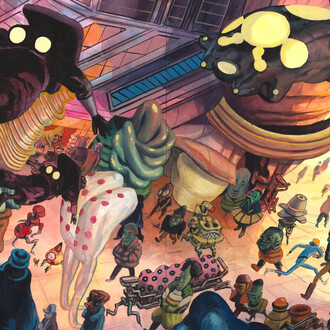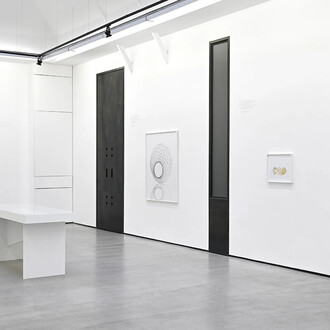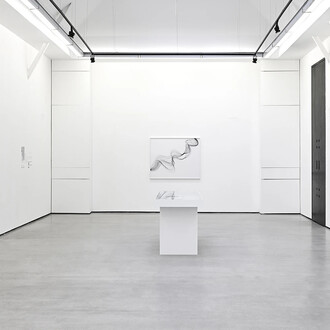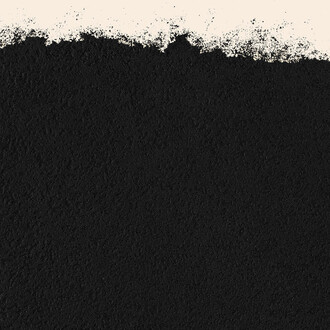From his most popular series, Julius Corentin Acquefacques (begun in 1991), to his newest offering from Éditions Delcourt, L'infiniment Moyen et plus si infinités dans les limites finies d'une édition minimaliste, Marc-Antoine Mathieu has been having fun with readers, of both genders. He has also been busy philosophising (but without advertising the fact) possibly following in Gébé's footsteps.
With each new album, Mathieu suggests that we stop and think, offering the reader a moment of quiet reflection that is a precious antidote to the mindless busyness of our times. Despite this contemplative quality, his albums are adventure-packed and the twists and turns of his plots constantly surprise us. In terms of both form and content, a book by Marc-Antoine Mathieu leaves the reader in some sense changed by his or her experience. On offer to viewers thanks to this retrospective exhibition is a multifarious array of original artworks in the form of plates and unique illustrations.
Marc-Antoine Mathieu is a French visual artist, scenographer, and comic book author, born in 1959. He studied at the Beaux-Arts in Angers, where he learned sculpture, perspective, the use of Super-8 film, and the art of graphic staging. In 1986, he joined the Lucie Lom studio, which specializes in scenography, notably for the Centre Pompidou, the Grande Halle de la Villette, the Cité des Sciences, and the Cité Internationale de la Bande Dessinée. The studio also produces urban installations, such as La forêt suspendue in Lille in 2004 (European Capital of Culture) and Les Rêveurs, which has appeared in numerous cities since 2001.
Alongside his scenographic work, Mathieu illustrated his first comic book in 1987, Paris–Mâcon, published by Futuropolis. Focusing on trains, he revealed—at full steam—his distinctive graphic style and mastery of black and white. He later confirmed this approach in L’origine (Delcourt, 1990), the first volume of the series Julius Corentin Acquefacques, Prisoner of Dreams.













